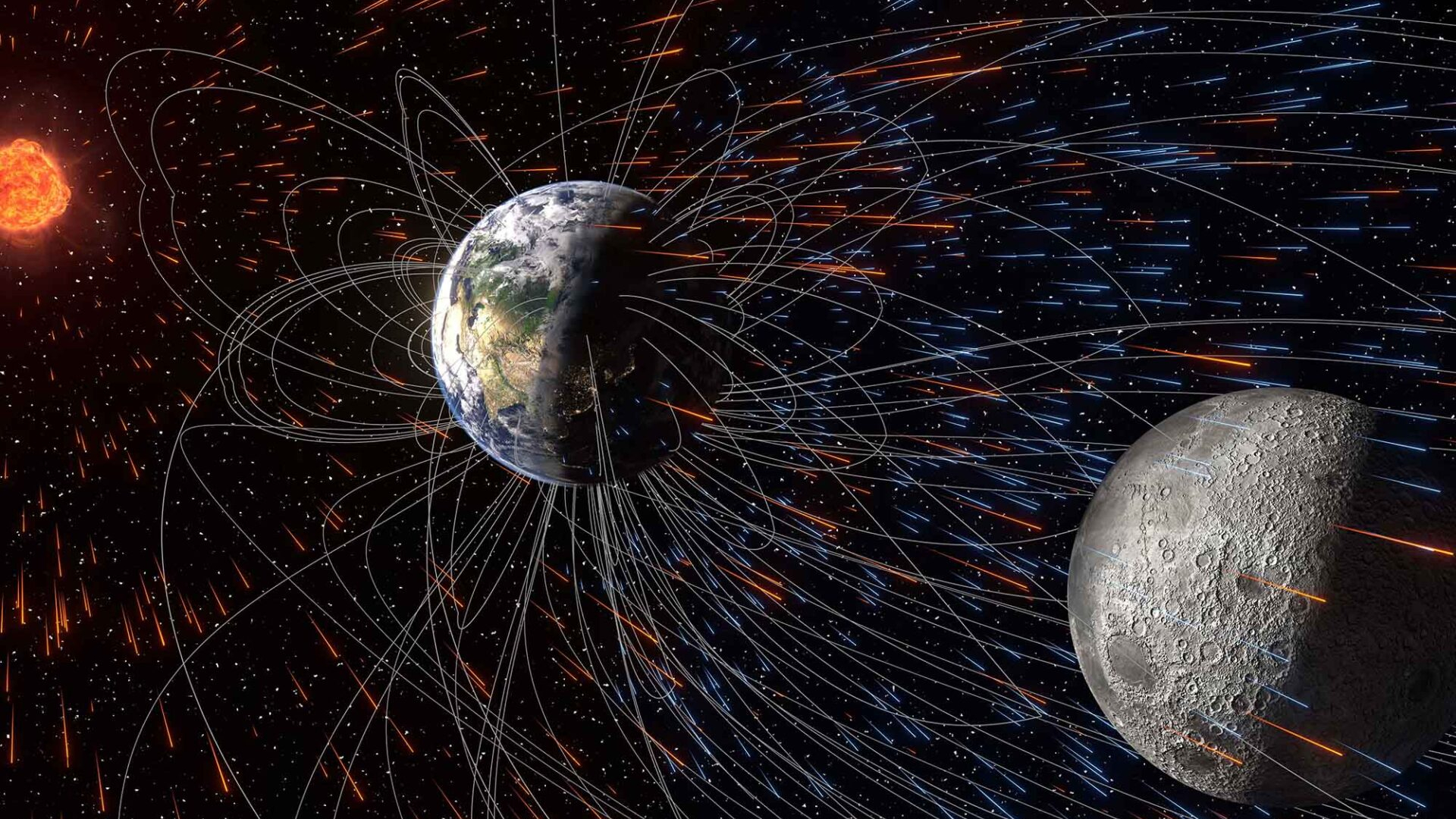New Device Will Allow Shuttle Crews Longer Station Visits
U.S. space shuttle crews will soon be able to stay at the international space station longer with the installation of a new power-transfer system that allows docked shuttles to use solar power from the space station instead of solely relying on electricity produced by the orbiters' fuel cells.
The Station-Shuttle Power Transfer System (SSPTS) will make it possible to use the space station's solar arrays to supplement the orbiter's electrical power. The additional power will decrease the need for power output from a shuttle's fuel cells, which require liquid hydrogen and oxygen to operate. With this new capability, shuttles can stay docked at the station for nine to 12 days instead of the six- to seven-day period available with the current power transfer system.
"In essence, we are having the fuel cells throttle back and the space station will give more so we can save on power," said Eric Gietl, the SSPTS integration manager at Boeing, which built the system. "By having the station provide the orbiter power, we use less oxygen and less hydrogen needed to make electricity so we can stay docked for a longer period of time."
The new system will be installed on all three remaining space shuttles and is slated to be operational in October 2006, when it will launch aboard International Space Station Flight 15A, a space station assembly mission, Gietl said.
Today a shuttle Assembly Power Converter can transfer power from its 28-volt power system to the space station's 120-volt system, but a shuttle is not able to receive power transfers from the station.
An upgraded device in the SSPTS, called the Power Transfer Unit, will have this capability and also be able to transfer up to eight kilowatts of electrical power an hour from the station to the orbiter.
"The crew is always very rushed right now when they go to the space station, so any additional time is a huge value to NASA and the visiting crews" for science experiments and cargo transfers, Gietl said during a phone interview.
Breaking space news, the latest updates on rocket launches, skywatching events and more!
Also, with NASA planning to fly all future shuttle missions in the same orbit as the space station so it can dock in the event of an emergency, the extra power may prove useful as the crew awaits a rescue mission.
"Although the SSPTS was not designed to keep the orbiter docked for emergency purposes, it clearly gives NASA a longer docked duration to resolve issues that might arise," Gietl said.
Currently there only is one U.S. solar power module aboard the space station, but Gietl said Boeing plans to have a total of four modules on the station by the time SSPTS is operational, providing 75 kilowatts of power for the U.S. section. The fourth power module is slated to be delivered aboard Flight 15A.
"We will be able to route power to many different users, and this is an additional load [the space station] can handle because it is only for a short period of time," Gietl said.
Boeing began work on the system in September 2003 and was able to shorten the typical three-year hardware development cycle to just two years, which Gietl attributed to internal development Boeing was able to capitalize on.
The SSPTS also will be adaptable for NASA's new Crew Exploration Vehicle once the agency retires the orbiter, expected in 2010. "This is a modular design very suitable for the Crew Exploration Vehicle that would dock at the station," Gietl said.
